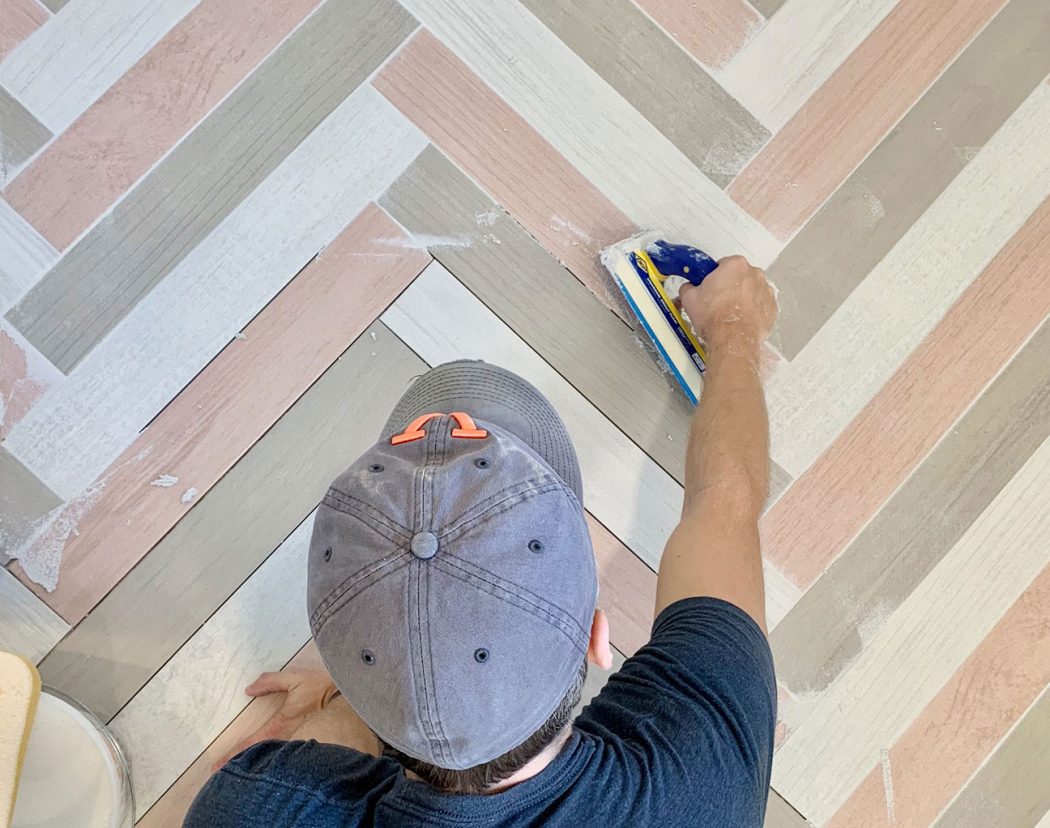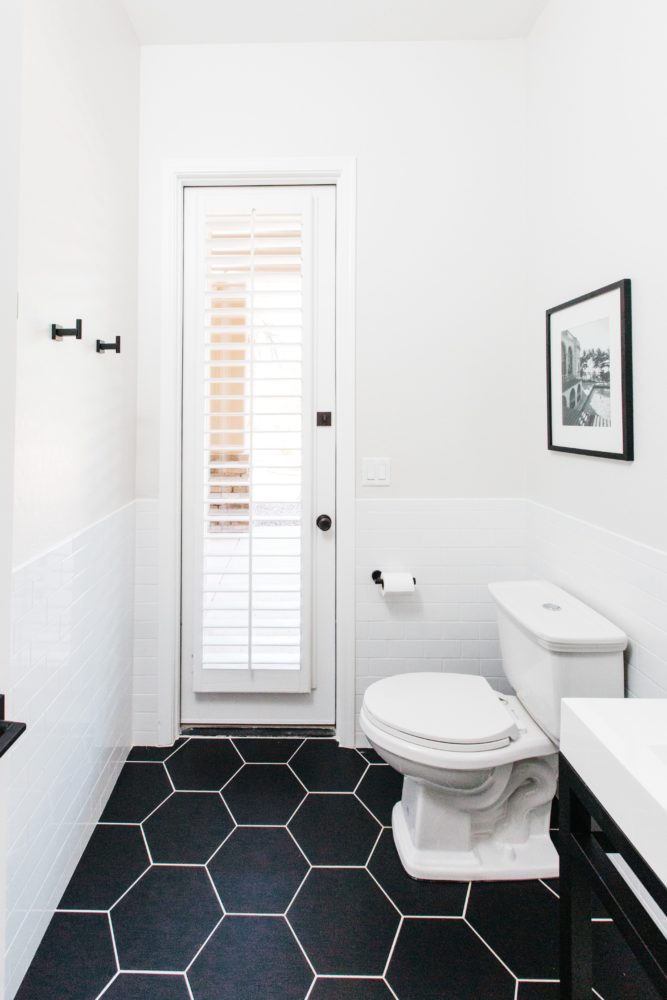Introduction to Grout: What You Need to Know
Grout is an essential component of any tiled surface, often overlooked but critical in ensuring the aesthetics and longevity of your flooring. Whether you’re redoing your bathroom, kitchen, or any other space, understanding grout will help you make informed decisions that blend functionality with beauty.
Types of Grout: Finding the Right Fit for Your Project
When it comes to grout, several types can suit your needs, each with its own unique properties. Here’s a detailed look at the most common types:
| Type of Grout | Description | Best Use Cases |
|---|---|---|
| Cementitious Grout | Made from a mixture of Portland cement, pigment, and water. | Ideal for most tile installations; economical. |
| Epoxy Grout | A durable, chemical-resistant grout that’s waterproof. | Best for areas exposed to moisture like kitchens and bathrooms. |
| Furan Grout | A resin-based grout that offers high chemical resistance. | Suitable for industrial applications. |
| Unsanded Grout | Ideal for narrow joints, it doesn’t have sand. | Best for delicate tiles like glass or marble. |
| Sanded Grout | Contains sand, providing strength and stability for wider joints. | Perfect for floor tiles with joints wider than 1/8 inch. |
Choosing the Right Color of Grout
Grout color can significantly impact the overall look of your tiles. Here are some tips based on my personal experience:
Light vs. Dark Grout
Light grout tends to make spaces feel larger and brighter but can show stains more easily. Dark grout, on the other hand, can add drama and contrast, but may require careful matching with tile color.
Popular Grout Colors
- White
- Charcoal
- Beige
- Light Gray
- Bone
Installation Process: DIY or Hire a Professional?
DIY Grout Installation
If you’re a handy person, installing grout yourself can save you money and give you a sense of accomplishment. Here’s a simple step-by-step guide:
- Prepare the Surface: Ensure the tiles are clean and dry.
- Mix the Grout: Follow the instructions on the package.
- Apply Grout: Use a grout float to push the grout into the joints.
- Clean Excess Grout: Wipe off any excess with a damp sponge.
- Let it Cure: Allow the grout to set according to instructions.
Pros and Cons of DIY Grout Installation
Pros
- Cost-effective
- Control over the process
- Flexible timeline
Cons
- Requires time and effort
- Risk of improper installation
- Can lead to mistakes if inexperienced
Hiring a Professional
If you want a flawless finish and prefer to avoid the hassle, hiring a professional might be the best route. Professionals come with experience and can ensure the grout is applied correctly.

Cost Comparison
| Method | Average Cost |
|---|---|
| DIY Installation | $50 – $150 (materials) |
| Professional Installation | $200 – $500 (labor and materials) |
Grout Maintenance: Keeping Your Floors Beautiful
After installation, maintaining grout becomes crucial for its longevity. Here are some tips based on my experience:
Regular Cleaning
Use a mild detergent and water to clean grout lines regularly. Avoid harsh chemicals that can erode the grout.
Sealing Grout
Depending on the type of grout used, sealing may be necessary. Use a grout sealer to protect from stains and moisture.
Frequency of Sealing
- Epoxy Grout: No sealing needed.
- Cementitious Grout: Seal every 1-2 years.

Pros and Cons of Grout for Floor and Decor
Advantages of Using Grout
- Improves aesthetics by filling gaps between tiles.
- Enhances the overall durability of your flooring.
- Helps prevent water and dirt from getting under tiles.
Disadvantages of Using Grout
- Can be susceptible to staining and discoloration.
- Maintenance required to keep it looking fresh.
- Improper installation can lead to cracking or shifting.

FAQs About Grout in Floor and Decor
How long does grout last?
With proper maintenance, grout can last for many years, but it may require resealing or replacement depending on usage and exposure.
Can I change grout color without removing it?
Yes! There are grout colorants available that can refresh the color without removal.

What is the best grout for outdoor tiles?
Epoxy grout is ideal for outdoor applications due to its resistance to moisture and harsh weather conditions.
How can I remove stains from grout?
Mix baking soda and water into a paste, apply to stains, and scrub gently. For tough stains, consider a commercial grout cleaner.
